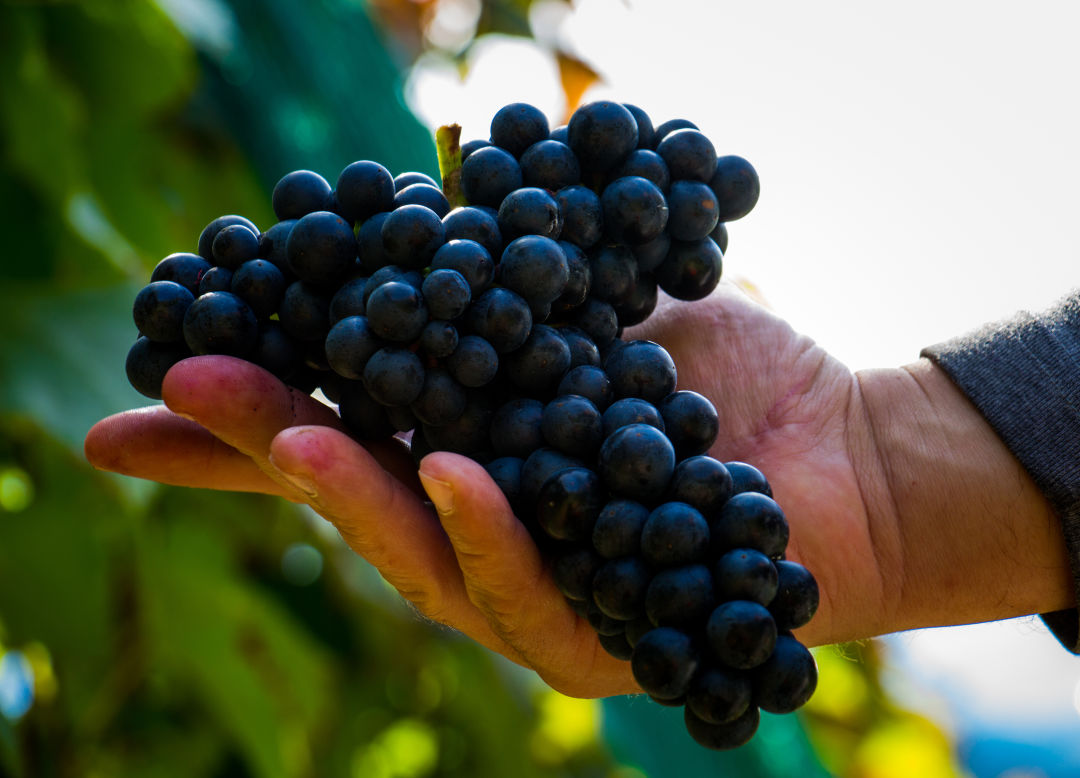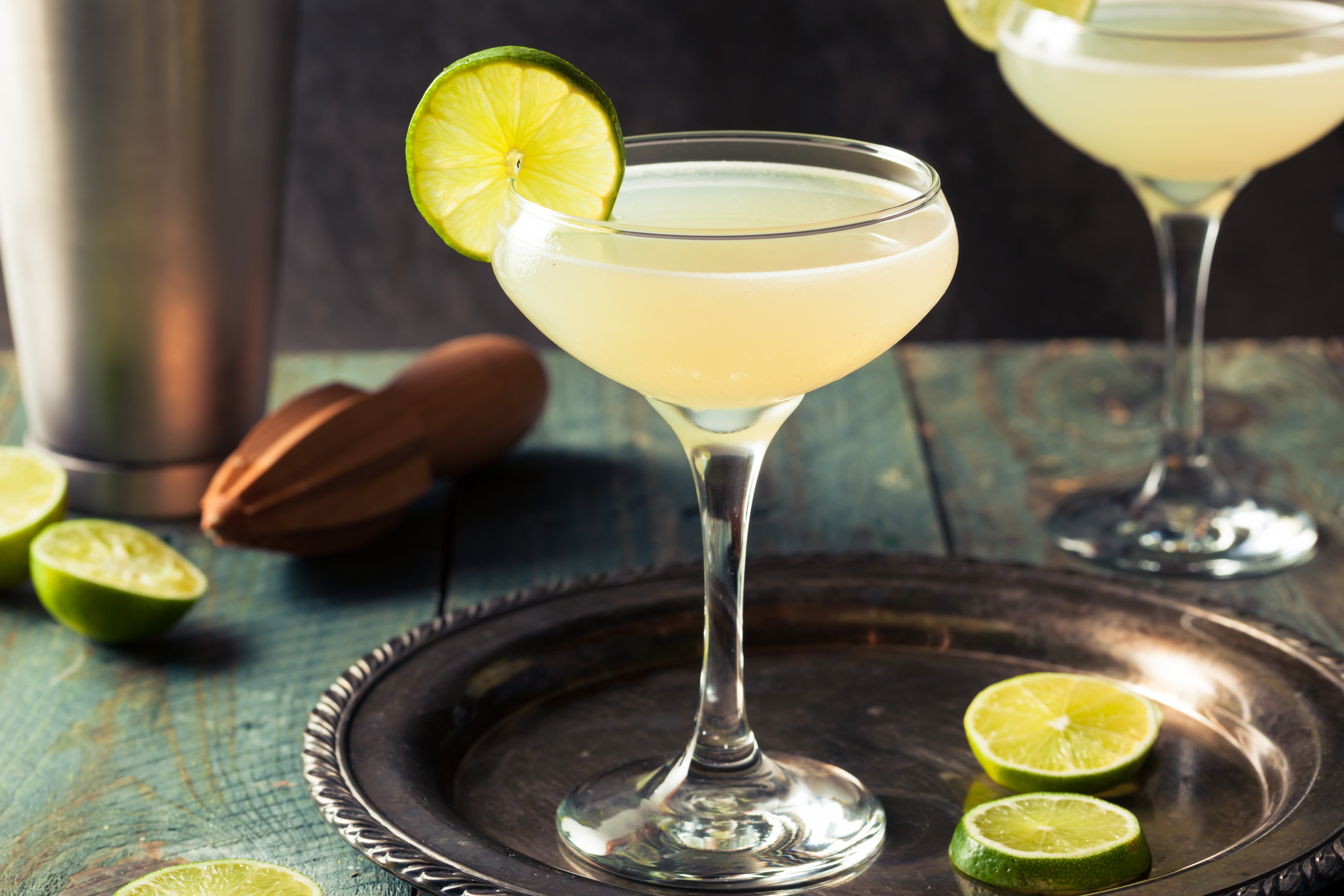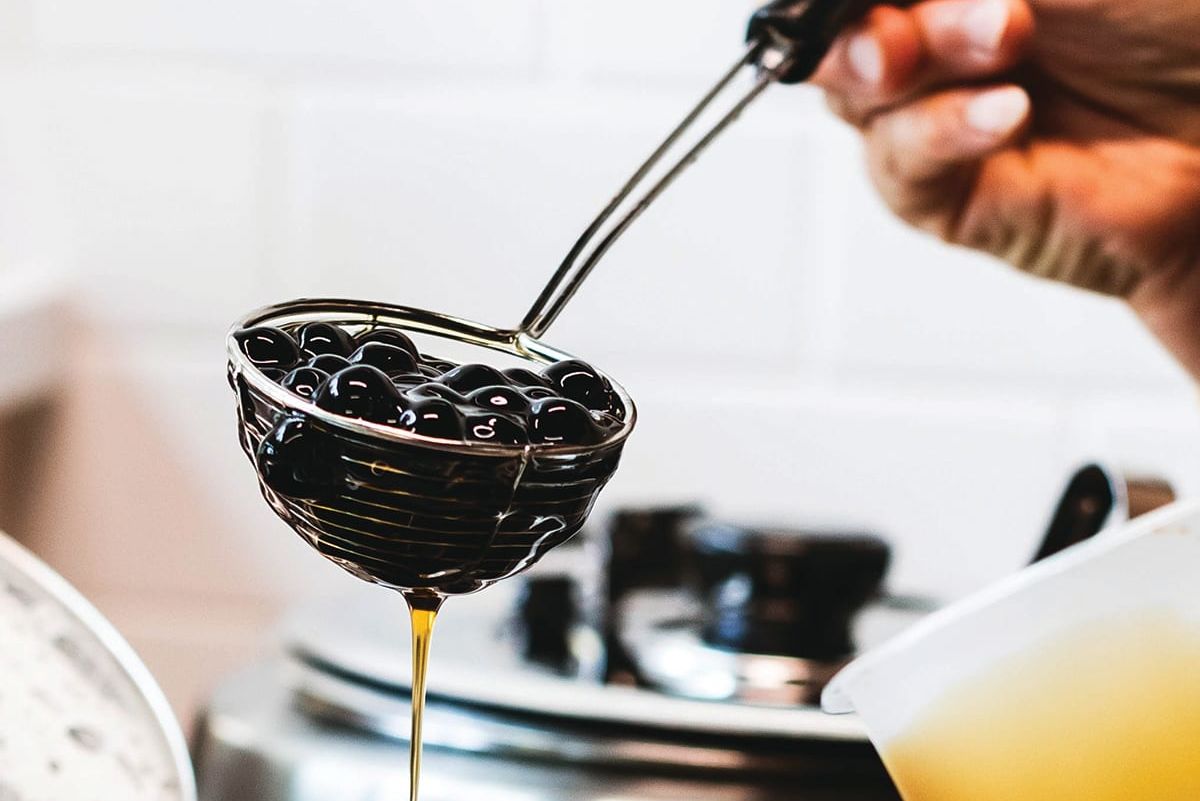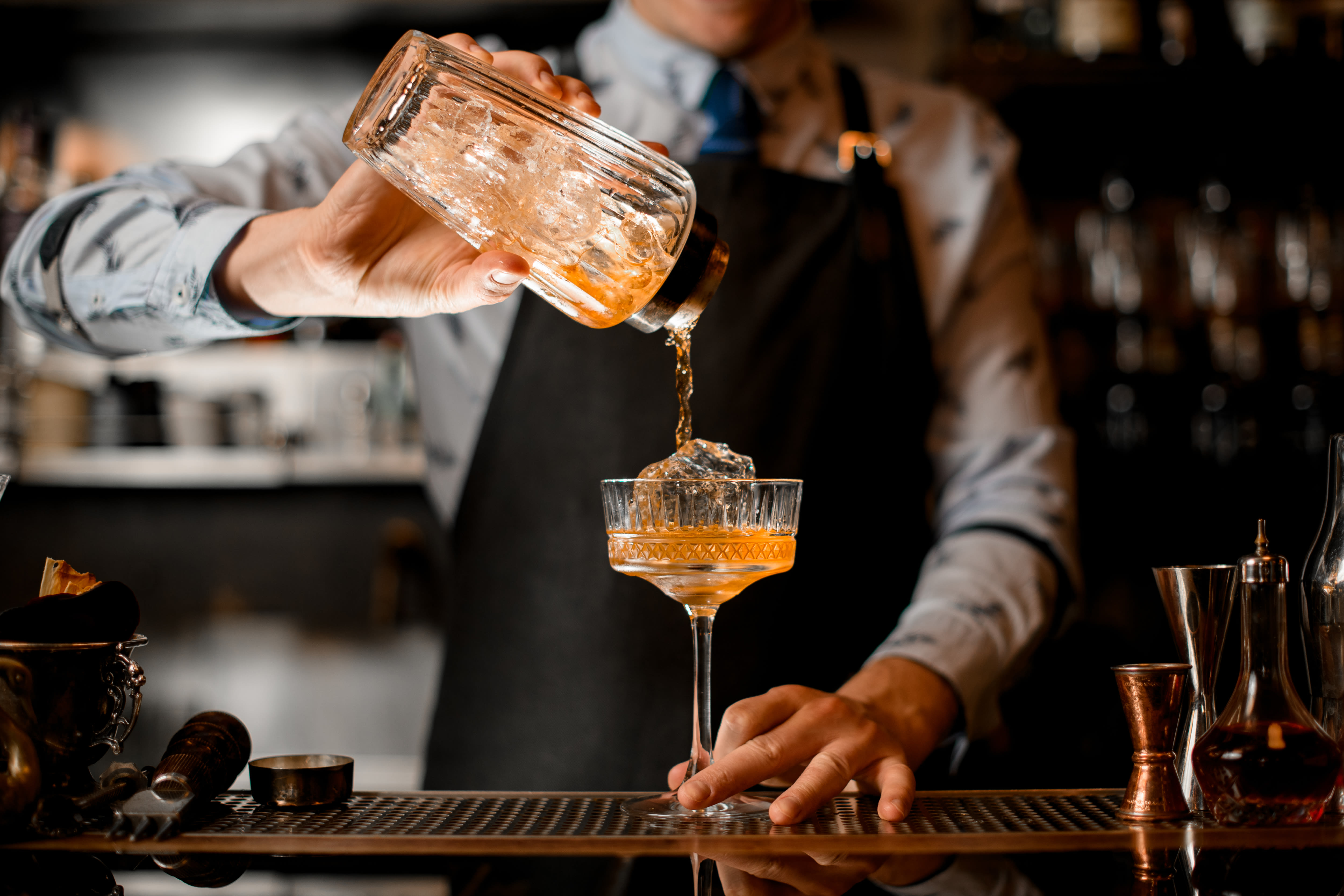Looking for a New Wine? Give Austria's Blaufränkisch a Try.

Blaufränkisch grapes being harvested.
Image: Gasper R. Photo/Shutterstock
On my last trip to Europe, in the last century, enjoying the wines and cuisine of France, Italy and even Germany was wonderful. Then I entered Austria. I could not believe the difference in wine. The red wines were thin and lackluster and only the white wines were palatable. I was happy to leave Austria until I entered Switzerland. That’s another story.
But recently, a respected wine manager at a local ABC Fine Wine & Spirits store suggested I revisit Austrian wines.
He said that winemaking techniques there had improved dramatically and mentioned he was particularly fond of blaufränkisch. Pronounced "blough-frank-ish" and meaning "blue Fränkisch," blaufränkisch is the second most-planted grape in Austria after zweigelt.
The manager at ABC recommended Pannonica ($10.99), which is a blend of blaufränkisch, zweigelt and pinot noir. It was a lovely wine. Not particularly rich or heavy, but lighter, with a reminiscence of Gamay (grown in Beaujolais). It had good color and balance and almost stood up to the lamb chops. (Interestingly, the Bulgarian name for this grape is Gamé.) Four days later, the wine had lost nothing—still vibrant and tasty.
Further research showed the intriguing preponderance of this grape throughout the world. In America it’s known as lemberger, blauer lemberger or blue lemberger. Because of its high yield and early ripening, it’s grown in Michigan, New Jersey, Idaho, New York, Colorado, Washington, Virginia and California. The grape is also planted worldwide, in places like Japan, Australia and Germany, in addition to Austria. The German name lemberger derives from the fact it was introduced to Germany in the 19th century from Lemberg in present-day Slovenia.
Historically the name Fränkisch comes from Franconia, the German wine region that includes northwest Bavaria. During the Middle Ages, wines from this region were highly prized and grapes that were thought to be capable of producing superior wines were called "Fränkisch" to distinguish them from lesser types. In Austria, blaufränkisch is dominant in the Mittelburgenland area. Conditions are superb, with a dry warm eastern wind that crosses the Pannonian Plain. Hence the name of the above-mentioned wine, Pannonica.
James Suckling, a noted wine writer, described the wine as "an earthy, intriguing red, offering bright berry and cherry notes from the pinot, spiced up with blackberry leaf and chili con carne," and "full-bodied and quite tannic," with "a soft edge to the dried red and black fruit" and a "licorice-tinged finish."
Bob McGinn has spent his entire career in the wine industry—forming wine clubs, working in wine sales marketing and engaging in all facets of the winemaking process, including vine management, fermentation and yeast analysis. He has developed wine programs for companies such as Marriott, Sheraton and Smith & Wollensky, and consults with local restaurants. You can read more of McGinn’s work at gulfcoastwinejournal.com.



